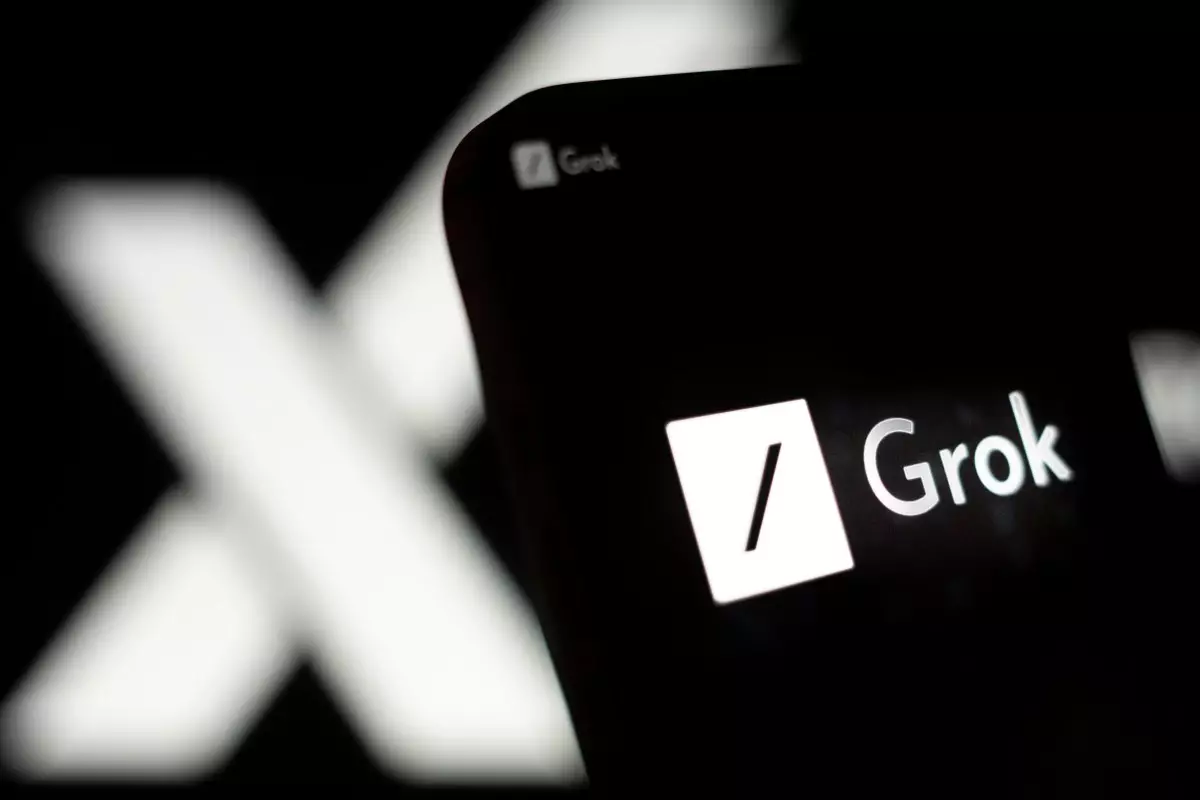In the relentless race of artificial intelligence, where the competition is as fierce as it is innovative, Elon Musk’s company, xAI, is making noteworthy strides with its Grok chatbot. Recently, they unveiled a memory feature that promises to reshape how users interact with AI. While established names like ChatGPT and Google’s Gemini have laid a solid foundation with similar capabilities, Grok’s version aims to set itself apart by offering a personalized touch. This leap isn’t just a technical upgrade; it signals a shift toward deeper, more meaningful interactions between humans and machines.
Memory: The AI’s Secret Sauce
What distinguishes Grok’s memory functionality from its competitors is the promise of transparency and user control. Users can view exactly what Grok remembers, allowing them to understand how their chatbot learns from interactions. Unlike traditional chatbots that provide generic responses, Grok is engineered to evolve its recommendations based on a user’s prior conversations. This could dramatically enhance user satisfaction, as the AI becomes more attuned to individual preferences over time. However, the question remains: how effectively can Grok translate user data into relevant suggestions?
Accessibility and Limitations
Although Grok is striving for superiority, the rollout of its memory feature is still in beta, currently accessible via the Grok.com platform and on iOS and Android apps. Intriguingly, European Union and U.K. users have been left out of the initial implementation, signaling potential regulatory hurdles that could impede Grok’s growth in critical markets. In a world where data privacy is paramount, especially in regions with stringent regulations, this limitation could hinder Grok’s ability to compete globally.
User Empowerment and Data Control
One of the standout aspects of Grok’s memory feature is the user empowerment it offers. Unlike many AI solutions that operate as a black box, Grok puts the reins in the hands of its users. With the ability to toggle memory on and off and delete specific memories, users can manage their data proactively, satisfying a growing demand in the market for greater transparency in AI interactions. This ability to forget—an almost human-like characteristic—could build trust and foster deeper relationships between users and the AI.
The Competitive Landscape
Nevertheless, the road ahead for Grok is far from smooth. Established players like ChatGPT and Gemini have already developed robust memory systems capable of referencing extensive user data to provide insightful and contextual responses. While Grok’s transparency and control are commendable, it remains to be seen whether these features can compete with the sheer efficacy and familiarity of existing solutions. The marketplace rewards those who can deliver personalized experiences quickly and accurately, and Grok must prove it can outpace its rivals in real-world applications.
Ultimately, while Grok’s memory feature signifies a bold step into personalized AI, its success will depend on how effectively it can navigate both technological challenges and market demands. The landscape is evolving quickly, and the next few months will be crucial in determining whether Grok can carve out a lasting niche in a highly competitive environment.

